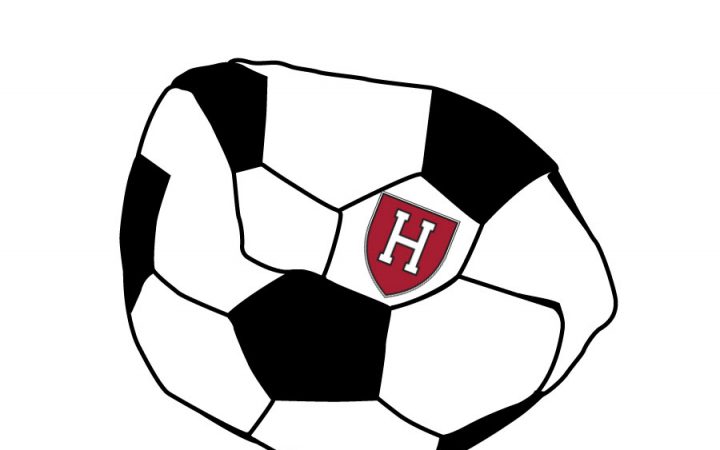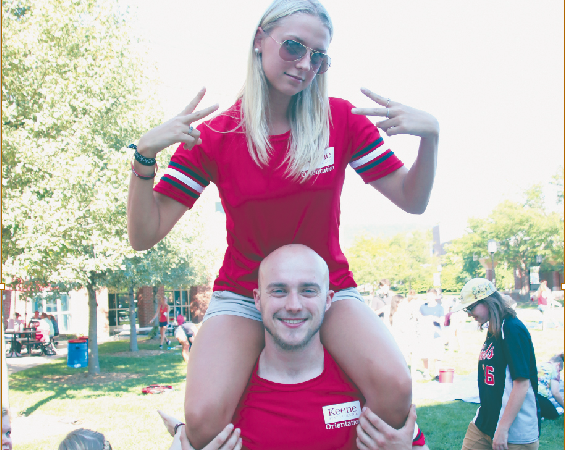The international break just ended and club football has returned.
The international break is when leagues take a break to let international teams play world cup qualifiers, friendlies, etc. This break causes many fans to be angry, as it takes time away from club competitions and they see the matches as unecessary.
But not every fan looks at these games with the same viewpoint. Often times, these games are vital for some countries. With the 2018 World Cup in Russia getting closer, international teams are fighting to secure a spot in this tournament. For fans of smaller nations, these games mean everything to them. Qualifying for a World Cup could be so important to that nation and often times can help bring the nation together.
Premier League fans are often the angriest with the international break, seeing it as boring and unnecessary. They argue that it’s just time taken away from club competition, which in their eyes is much more entertaining than the international fixtures. Even Manchester United manager Jose Mourinho was quoted saying:
“…But mid-season friendly matches mixed with qualification matches, I don’t think that makes sense,” (Independent). But what most fans and managers fail to realize is that these games can be just as entertaining as club matches. Smaller nations all across the world who just want a chance to play in the World Cup are fighting their way through qualification matches. For the bigger and more popular nations in Europe, these qualifiers don’t really mean much to them. But for smaller nations in Europe, South America and even Asia, these qualifiers mean absolutely everything to them. Especially in South America, fans go crazy for international qualifiers, showing that it seems to mean more for the South American countries than the European countries.
Even in Europe and Asia, smaller nations such as Iceland, Bosnia, Herzegovina and even Montenegro are fighting to prove they can compete with the giants on the international level. Iceland shocked the world when they qualified for the Euro 2016 tournament and made a run all the way to the quarter finals. Now, the team is trying to shock the world once again by qualifying for next year’s World Cup.
Bosnia and Herzegovina qualified for their first ever World Cup back in 2014. This accomplishment meant so much to the entire balkan nation and their president deemed that day the second most important day, next to their independence. Now, they’re trying to qualify for Russia next year with the mighty support of their fans.
Even Syria looks to qualify for their first ever World Cup, as they look to possibly write another football cinderella story. Qualifying for next year’s World Cup would be incredibly important for the country, since the country has suffered so much turmoil in the past few years.
Overall, international qualifiers should not be overlooked. Yes, they take away from the club season, but it’s only for two weeks. And for me, football is football.
We shouldn’t bash these games just because we deem them as boring without even watching them. Maybe we should see how much these games truly mean to some countries.
Luke Stergiou can be contacted at lstergiou@kscequinox.com




